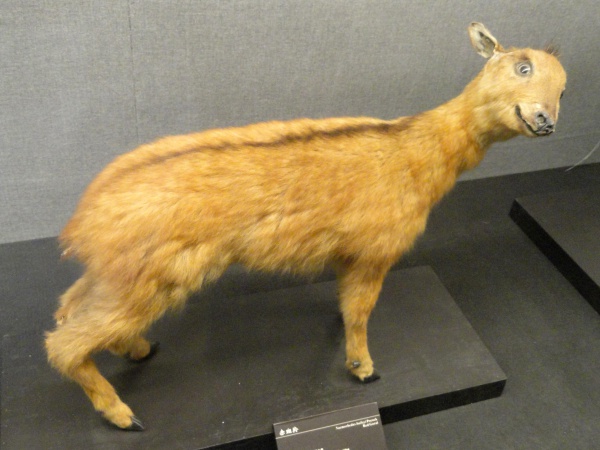Facts About Red goral
The red goral is a hoofed mammal inhabiting the mountainous regions of India, Tibet, and Myanmar, typically at elevations between 1,000 and 2,000 meters. The name "Naemorhedus" derives from Latin, meaning "forest" and "young goat." Initially reported in 1863, the red goral was officially distinguished as a unique species in 1961. Its most striking feature is its bright, foxy-red coat, and both males and females bear short, curved horns.
These animals are diurnal, renowned for their exceptional climbing and jumping capabilities. At night, they seek refuge on cliffs to evade predators such as jackals and leopards.
Red gorals breed from September to November. Females reach sexual maturity at 1.5 years and give birth at 2 years old, whereas males begin displaying mating behaviors around 3 years old. Their diet primarily consists of lichens, grasses, stems, and leaves, with a particular preference for Usnea lichen.
Unfortunately, the red goral is facing serious threats from habitat loss, hunting, and climate change. With fewer than 10,000 individuals remaining, the species is classified as vulnerable by the IUCN. Conservation efforts are underway, including captive breeding programs, anti-hunting laws, and habitat protection initiatives to help prevent their extinction.
Despite these efforts, the red goral population continues to decline due to overhunting. Ongoing conservation measures aim to reverse this trend through stricter legal enforcement and habitat restoration.

 Bangladesh
Bangladesh